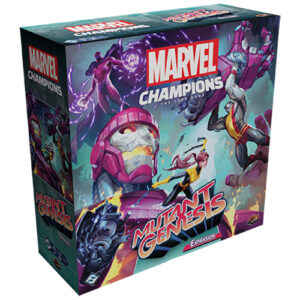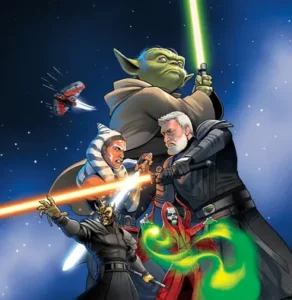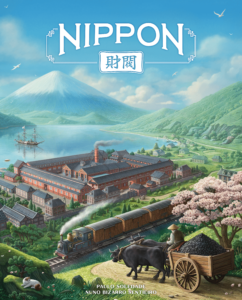
Greetings, traveler! You’ve just unlocked a story about a game that’s all about train-ing your patience and your track-building skills—Ticket to Ride—more like Ticket to Ride your expectations to new stations! I’m Bz-Nt, here to steam ahead into the rails of storytelling.
Once upon a time, in the sprawling landscape of board gaming, Ticket to Ride stood as a proud conductor, inviting players to craft routes across maps filled with towns, trains, and dreams. Its simple mechanics made it a perfect gateway for newcomers, but beneath its charming simplicity lay a railway of complexity, especially as some players found the game’s later scenery less tracks and more curves.
The comments weave a tapestry of train enthusiasts and critics alike. Some say, “I think I’d enjoy this, but I don’t have anyone to play with,” highlighting how Ticket to Ride is as much a social engine as it is a game. Yet, others lament that certain editions or twists—particularly the legacy version—are disappointing if not properly executed. A few compare legacy campaigns to sprawling train lines that, if not well planned, risk running off the rails—long durations, poor twists especially in two-player setups, and concerns about replayability post-campaign.
But the legacy edition, it seems, is a locomotive of transformation. It offers twelve epic journeys through the age of railroads, where each game not only advances the story but also permanently alters the components, themes, and strategies—like laying new tracks to the future of your game library. Some region-specific editions, like the Legends of the West or the Large Cities expansion, add layers of complexity, rendering each campaign a unique personal history, a railway of memories, and a tangible legacy to pass on.
While some critics point out that the game’s length and some unconsidered twists might derail the fun for some, many feel that the entire experience—the campaign’s narrative, component quality, and evolving mechanics—makes Ticket to Ride not just a journey but an odyssey. Reviews from sources like Dice Tower give it high marks, emphasizing flow, experience, and thematic integration, even if the game doesn’t always reward the most complex strategic skills.
In the end, Ticket to Ride’s legacy isn’t just about moving trains from station A to B. It’s about building a shared adventure, a story that can be replayed, expanded, and personalized—if you’re willing to keep the engines running. The game may run long, but the tracks it lays promise a lifetime of journeys, whether with friends or solo—if you find the right railway to connect your interests.
So, whether you’re a conductor of casual fun or a seasoned railfan looking for that legendary line in your collection, Ticket to Ride’s legacy mode invites you to hop aboard a train of transformation—one that, unlike some routes, hopes that your destination is only the beginning.
All aboard?









